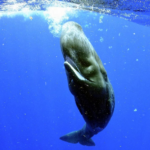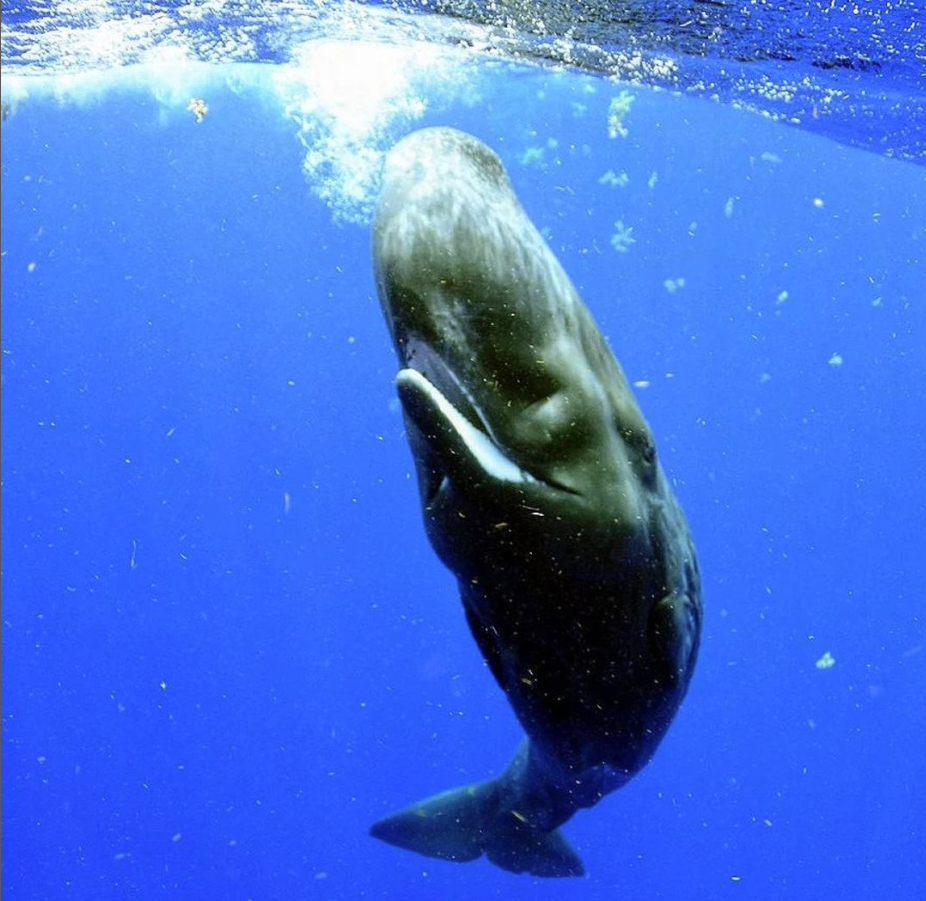
In an era where technology seems to be constantly evolving, artificial intelligence (AI) is making strides in a field that may surprise many: understanding animal communication. In particular, researchers have been focusing on deciphering the language of whales.
The Initiative
The ambitious project aiming to decode whale communication has been spearheaded by Project CETI. Utilizing AI and machine learning capabilities developed by Google‘s engineers, they aim to build an “interpreter” for whale sounds — essentially creating a translation tool akin to ‘Google Translate‘ for whales.
Methodology and Progress
This groundbreaking project uses powerful machine learning algorithms trained on vast amounts of data captured in the form of audio recordings from various species of whales worldwide. It also leverages existing knowledge about specific calls or songs produced by different types of whales under certain conditions or emotions. The application being developed processes these sound data and attempts to identify patterns that can be interpreted as meaningful communication among whales.
A significant progress marker was achieving successful identification and cataloging various distinctive vocalizations made by different species — such as the songs sung uniquely by male humpback whales during breeding season. This advancement indicates growing aptitude towards distinguishing between varied forms within whale language itself; bridging our understanding gap one step at a time.
Potential Benefits
If successful, this initiative could revolutionize not just our comprehension about these majestic creatures but it may provide unprecedented insights into their behavior patterns, social structure and emotional states too – all factors invaluable to their conservation efforts. Understanding animal languages can also potentially provide us valuable biological indicators regarding environmental changes considering many animals are highly responsive towards alterations in their habitats due their keen senses which often surpass human capabilities. It is important though to maintain realistic expectations – despite fascinating advancements thus far we are still only scratching the surface when it comes down to decoding complex animal languages like those used among cetaceans (the family including dolphins & porpoises).
This initiative represents a thrilling progression, not only in the sphere of artificial intelligence but also extends to the wider realms of biodiversity research and marine conservation. It serves as a testament to how contemporary technology can be ingeniously implemented to bridge the divide between humans and the natural world around us. Despite our strides, we are still far from fully understanding the intricate myriad of ‘languages’ utilized throughout the Animal Kingdom. Whether or not this progress forms a foundation for future endeavors remains uncertain at this stage. However, it’s undeniable that our initial steps have been filled with promise on our ongoing journey to better comprehend these magnificent aquatic creatures of the deep seas, potentially gaining invaluable insights in doing so.
Source: Daze Digital
